The extended seven-year orphan drug exclusivity period is just one of the provisions made under the 1983 Orphan Drug Act to incentivize therapeutic development for rare diseases and conditions which affect a limited number of patients. However, countless examples from the larger pharmaceutical industry have shown that drugmakers can take advantage of lengthy exclusivity periods by increasing drug prices and blocking attempts from generics companies to launch competitor products once patents are reaching expiry.
According to new research conducted by the IQVIA Institute for the National Organization for Rare Disorders (NORD), the extended orphan drug exclusivity period granted to biopharmaceutical developers has generally not prevented generics and biosimilars from being approved once the market exclusivity period has ended. In cases of orphan drugs which lack an approved generic or biosimilar counterpart – a situation which is not uncommon in the rare disease space – the report states that this could be credited to the fact that the eligible patient population for orphan drugs is often small, limiting return on investment.
“The data shows that the seven-year market exclusivity provision is working as intended as an incentive for developing rare disease therapies and is not being abused,” said NORD’s President and CEO, Peter L. Saltonstall. “The NORD-sponsored study illustrates that the dilemma of rising drug prices in our country should not be attributed to orphan drugs. It is my hope that this report will provide empirical data necessary to make informed decisions.”
The research included 2017 data for over 500 orphan drugs, 217 of which had lost patent protection or were outside of their orphan drug exclusivity period during the study. In all, 116 of the 217 orphan drugs open to generic and biosimilar competition had a competitor drug on the market. Patients and payers spent a median of $8.6 million on each of the 101 drugs outside of their orphan drug exclusivity period, but lacking any generic competition, each year. For context, the US healthcare system spent a total of $451 billion on drugs in 2017.
RELATED WEBINAR: Gene Therapy for Rare Diseases: Considerations for Both Clinical and Post-Marketing Studies
The study also found that on average, branded drug prices for therapies which treat conditions that are more common in the general population have grown at a higher annual rate since 2009 compared to prices for orphan drugs. Considering about 25 percent of orphan drugs approved for use in the US serve patient populations comprised of less than 5,000 individuals, it might be surprising that the price of these drugs doesn’t jump more on a yearly basis.
It should be noted, however, that orphan drugs are usually priced higher than other drug categories at the time of approval, often in an attempt to recoup substantial development costs from a smaller pool of patients. For example, Philadelphia-based startup Spark Therapeutics made headlines in January of this year when they announced the price of their ocular gene therapy drug Luxturna at $850,000. Still, the fact that this orphan drug has the potential to be curative for the rare form of inherited blindness that it was developed to treat is used in defence of its high price tag.
Another interesting finding of NORD’s study was that pharmaceutical companies granted an orphan indication for a drug that’s already been approved do not hike the price of the drug in response. Instead, the research found that drugmakers did not increase the price more than the industry average for eight years after the orphan indication was approved.
The data supports Saltonstall’s conclusion that orphan drug exclusivity period is working to incentivize rare disease research without providing opportunities for them to game the system. Despite the fact that orphan drugs often treat a small patient population, the nearly 30 million Americans affected by serious and often life-threatening rare diseases have the potential to benefit immensely from the availability of such therapies.


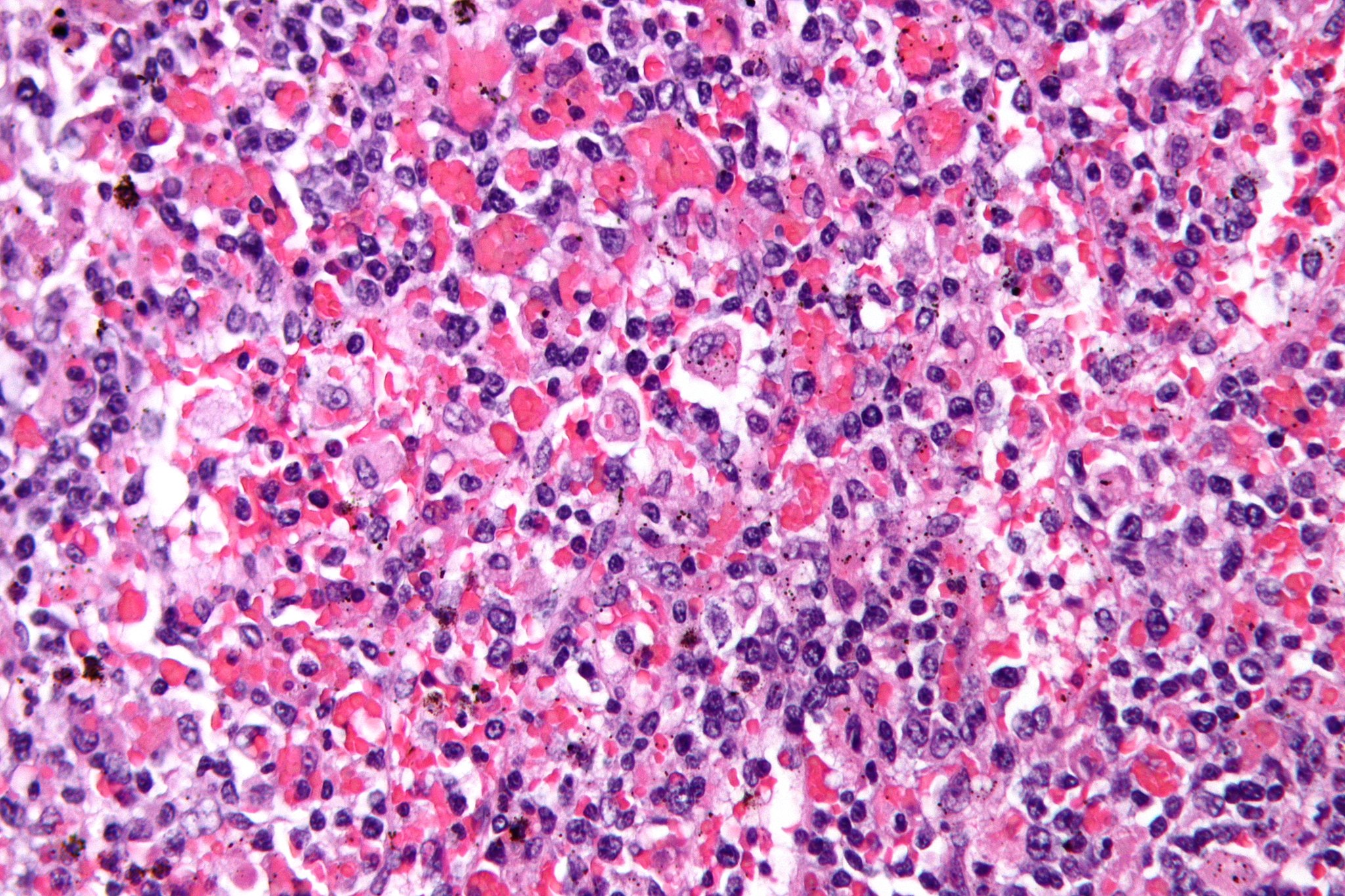
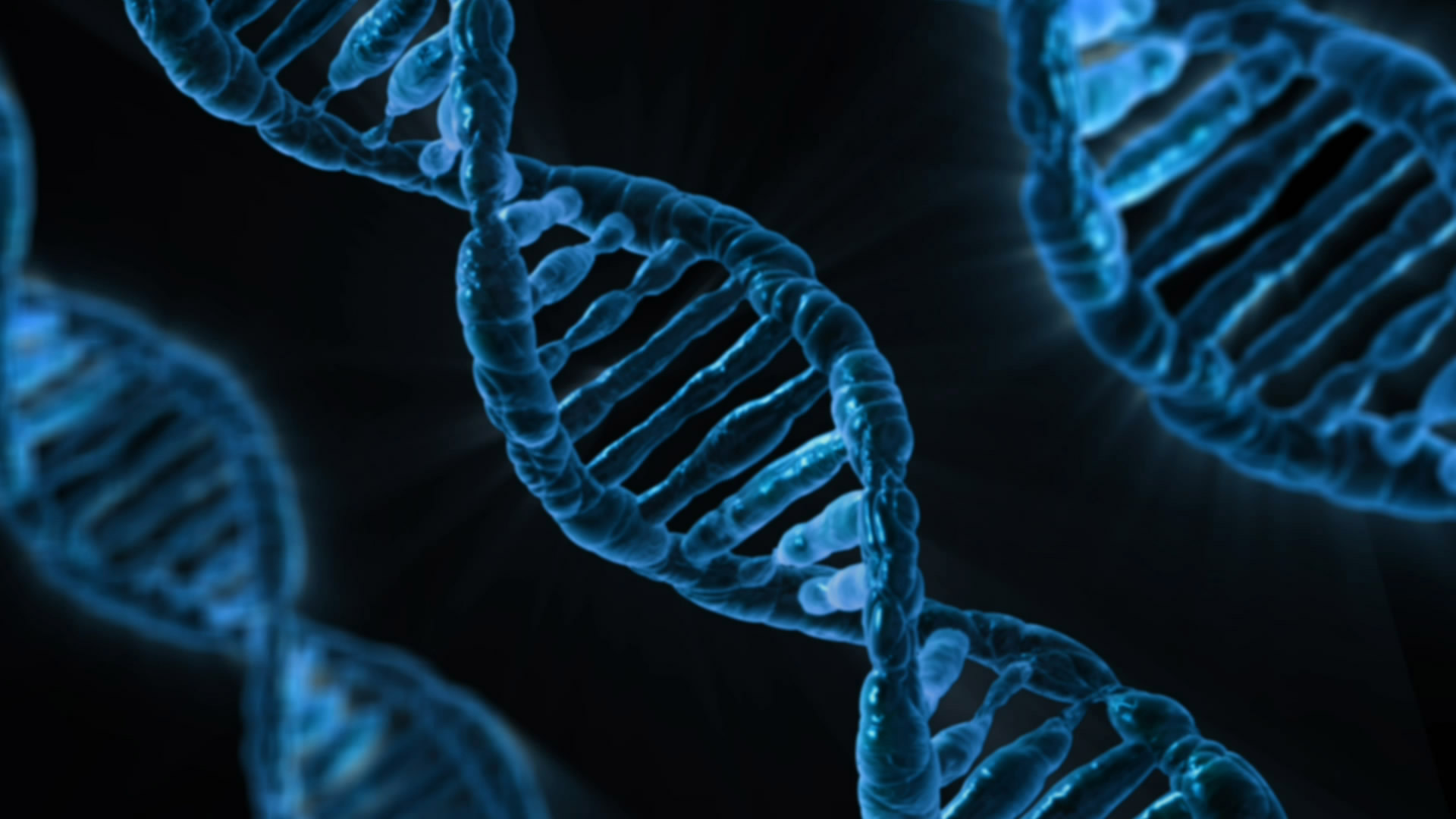
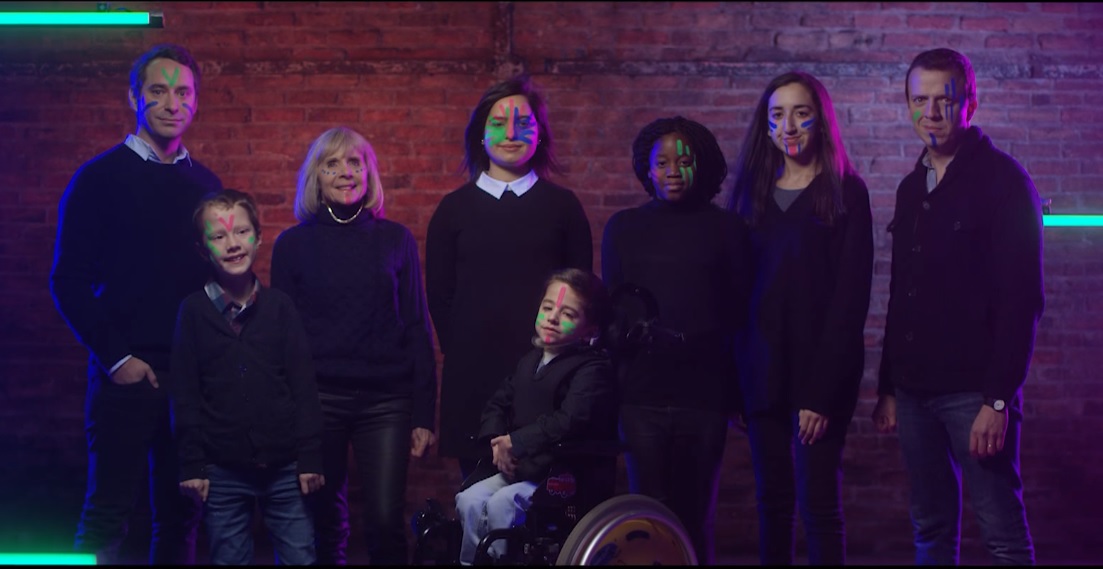
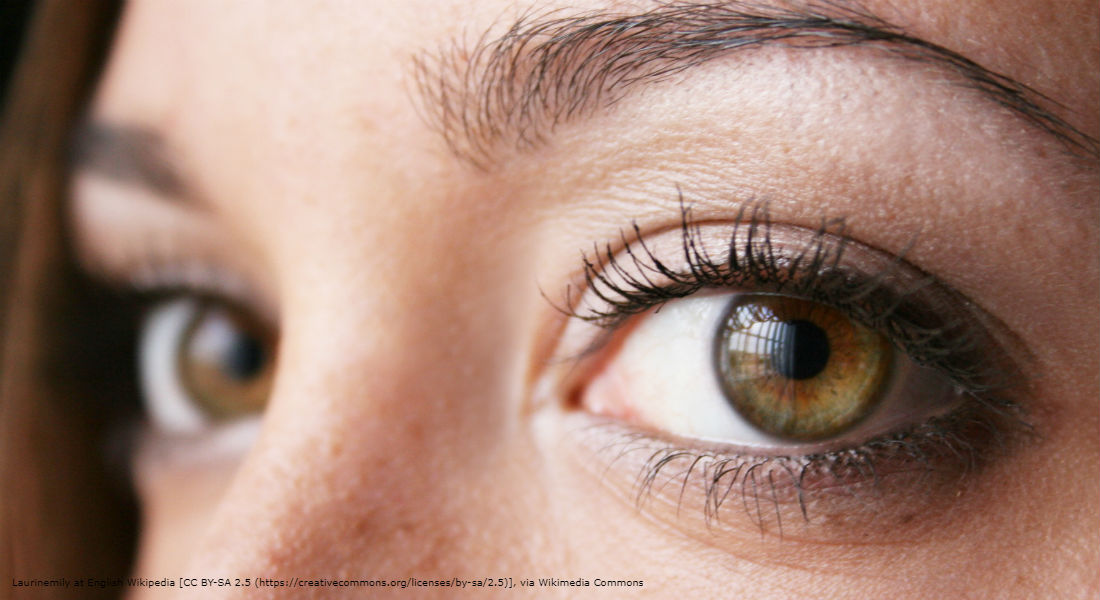
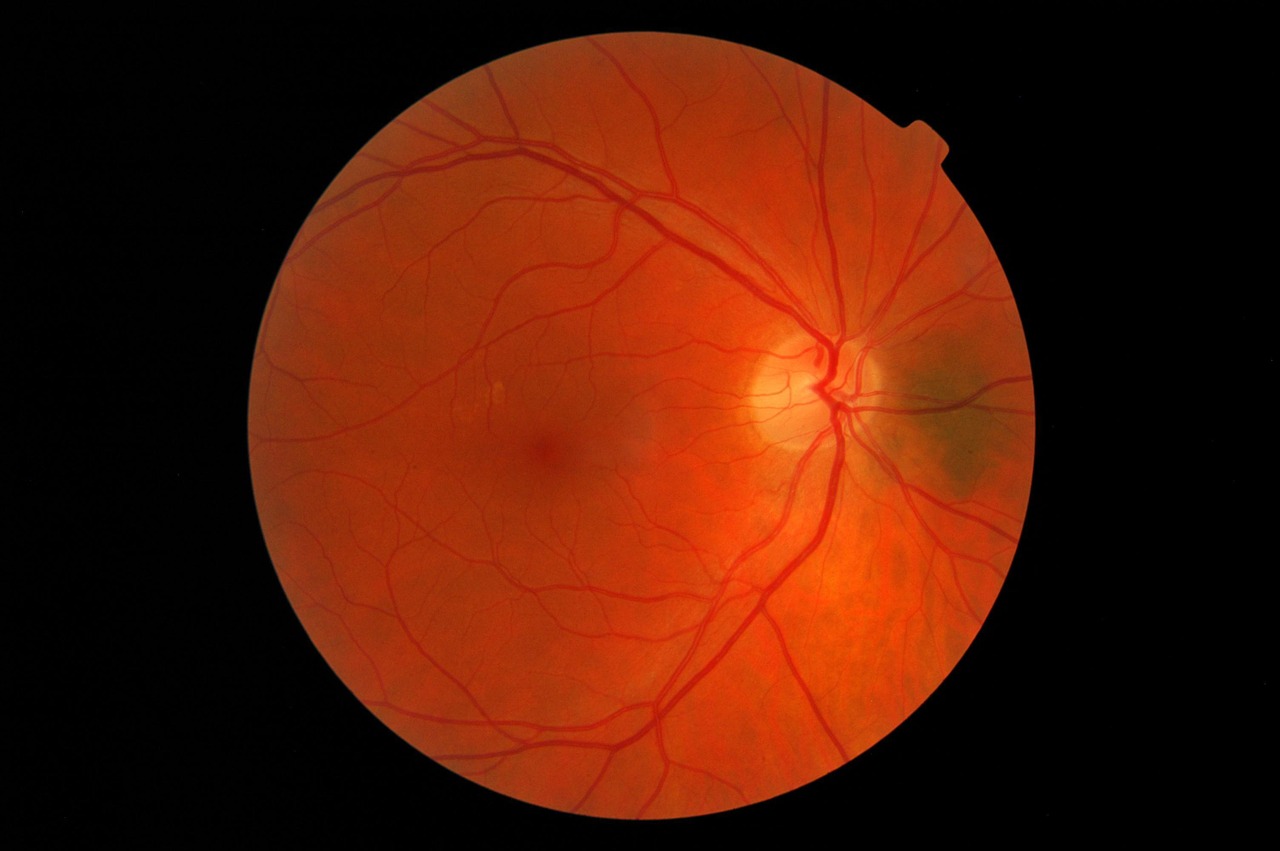





Join or login to leave a comment
JOIN LOGIN